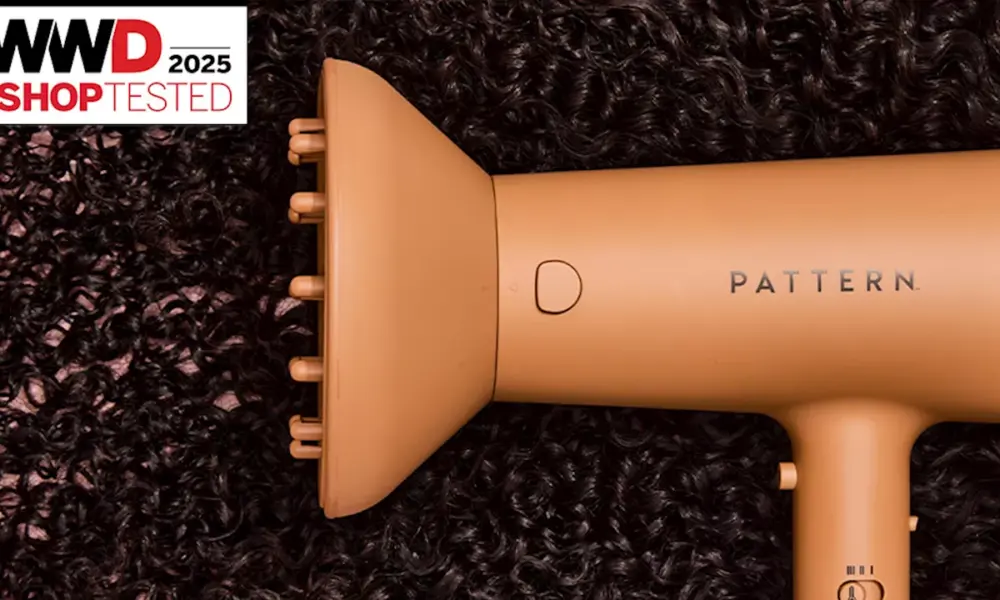The rise of non-humanoid robot startups is capturing significant investment, reflecting a shift in the robotics landscape. While humanoid robots often dominate headlines with their familiar designs, a range of companies are emerging with innovative robots that prioritize functionality over human-like appearance. These ventures are increasingly gaining traction, with various sectors from agriculture to household chores benefiting from their advancements.
Emerging Players in Non-Humanoid Robotics
Data from Crunchbase reveals a growing list of non-humanoid startups that have recently secured funding. In total, there are 26 companies that have raised capital in the past few quarters, focusing on applications such as farming, cleaning, and even massage therapy. Notably, these robots are designed for both consumer and industrial uses, indicating a broad market appeal.
In the consumer category, cleaning robots are a prominent focus. For instance, Narwal Robotics, based in China, recently closed a $100 million Series E funding round in April. The company specializes in robotic vacuums and mops, featuring advanced technologies like AI adaptive hot water mop washing and LiDAR navigation. Another startup, The Bot Co., headquartered in San Francisco, has raised $300 million since last year to develop household robots, although it has yet to unveil a prototype.
The pool-cleaning segment is also experiencing a surge in innovation. Companies like Xingmai Innovation and Aiper, both based in China, have each raised $140 million this year. Xingmai markets its Beatbot model as the “world’s first AI-powered 5-in-1 robotic pool cleaner,” while Aiper’s Scuba Max Pro offers smart pool mapping features at a price of $1,700. Additionally, Aescape, a New York-based startup, secured $83 million in March to enhance its customizable, AI-driven massage robots.
Industrial and Medical Innovations
Beyond consumer applications, a significant proportion of funding is directed towards robots that operate in the background, particularly in industrial and medical settings. Surgical robotics has emerged as a crucial domain, with companies like CMR Surgical leading the charge. This UK-based firm has raised $1.1 billion in known funding to date, including a $200 million financing round in April for its soft tissue surgical robot.
Similarly, ForSight Robotics, which focuses on robotic solutions for ophthalmic surgery, secured $125 million in Series B funding in June. These investments highlight the growing reliance on robotics to enhance precision and efficiency in medical procedures.
In the industrial sector, Swiss startup Anybotics has raised more than $150 million to develop a four-legged robot designed for inspections, capable of navigating complex environments. Another company, Flexiv, closed a $100 million Series C round this summer, creating AI-enabled appendage-like robots adaptable to various industries.
Agricultural technology is also witnessing a wave of innovation. Ecorobotix, based in Switzerland, has garnered significant investment for its precision crop-spraying robot, while Seattle-based Carbon Robotix is developing laser technology for weed control.
As these non-humanoid robots continue to evolve, their designs clearly differentiate them from human likenesses. This choice appears practical, as many tasks traditionally performed by humans do not require humanoid features. If these startups succeed, they may allow people to reclaim time from mundane chores, potentially leading to greater leisure and productivity.
The future of robotics seems set to thrive in diverse forms, catering to a range of practical needs without striving for a human appearance. While humanoid robots may capture public imagination, it is the innovative non-humanoid designs that are poised to shape the next phase of automation and technology.







